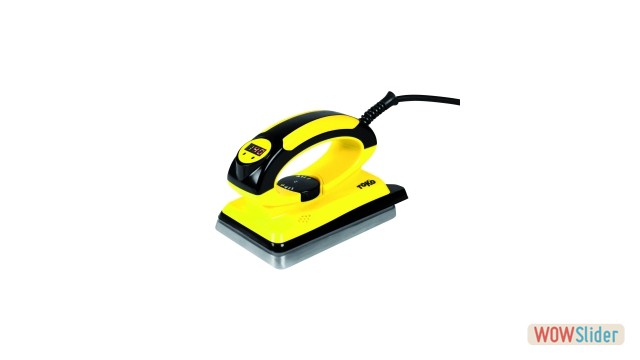Hot waxing of XC skis with the glide wax used for free technique (skating) is executed exactly the same way as at Alpine hot waxing. What makes the difference is the using of a kick (grip) wax, which is rubbed onto the so called kick zone by a cork or a plastic scarper. The kick zone is a mid-part of a ski, ranging approximately 70 cm from the heel of the binding forward. While applying a hard kick wax the kick zone is ususally longer, beginning approx. 40 cm before the tip of the binding unlike klister waxing where it comes to just about 30 cm. Hard kick was is intended for new, finer-crystalled snow, klisters for old, coarse-crystalled snow, which has been melted and refrozen a couple of times. Both kinds of wax are available in similar temperature range like alpine ski waxes, color-coding is similar as well.
Before a grip wax application it is convenient to roughen kick zone with a fine sandpaper (100 grit) in order to improve wax absorption. Grip wax is applied in several layers and is rubbed into the kick zone using a cork with the same technique like using hot waxers – first we rub it with fast and short then long and smooth slower moves form tip to tail. Prior to a grip wax application we might use the so called binder wax, it’s optional if the snow is coarse. Similarly there may be used a base, green klister before applying a chosen klister. These gelatinous and sticky waxes are rubbed by a scraper contained in every package or by a palm of hand. Then the ski is cooled down to make it stiff.
Applying kick waxes is more complicated because they must correspond better to immediate snow conditions. Too hard wax for wet snow might cause that the skis are slipping, on the contrary, too soft wax will cause a suction and snow will stick onto the ski base.

 Wax Iron digital 1200W
Wax Iron digital 1200W























